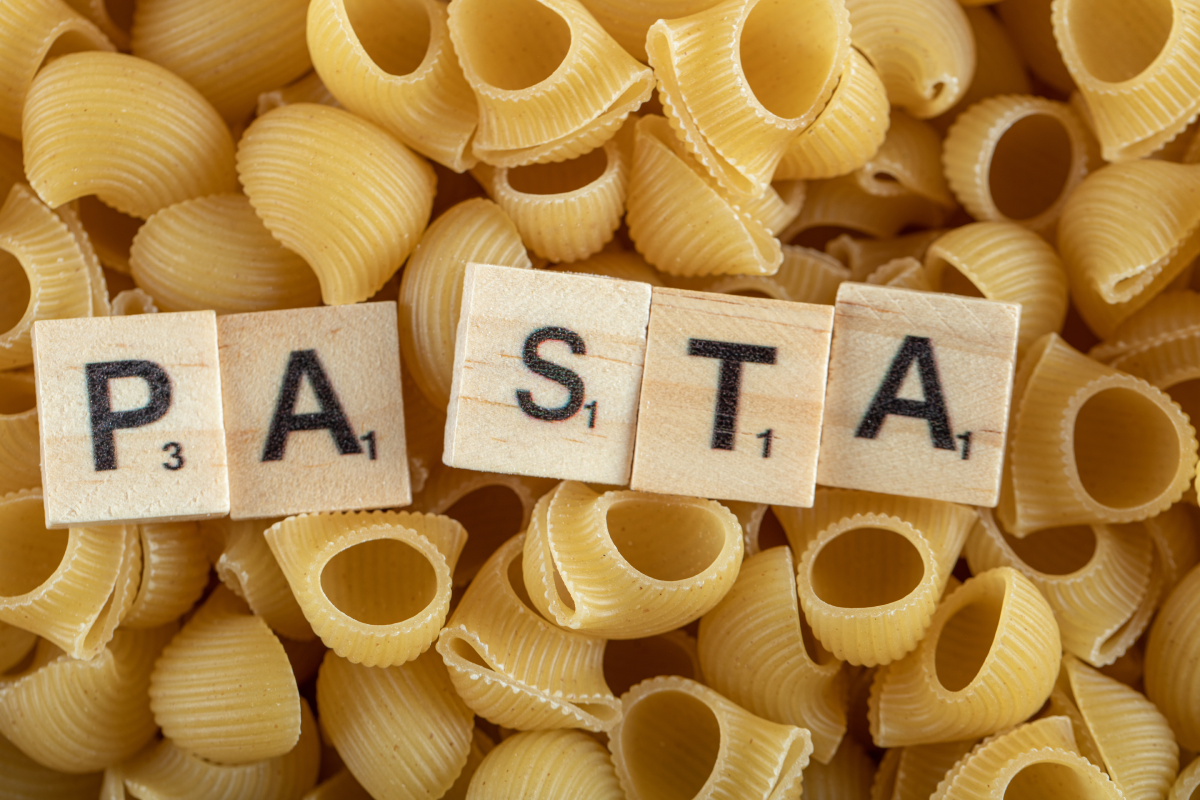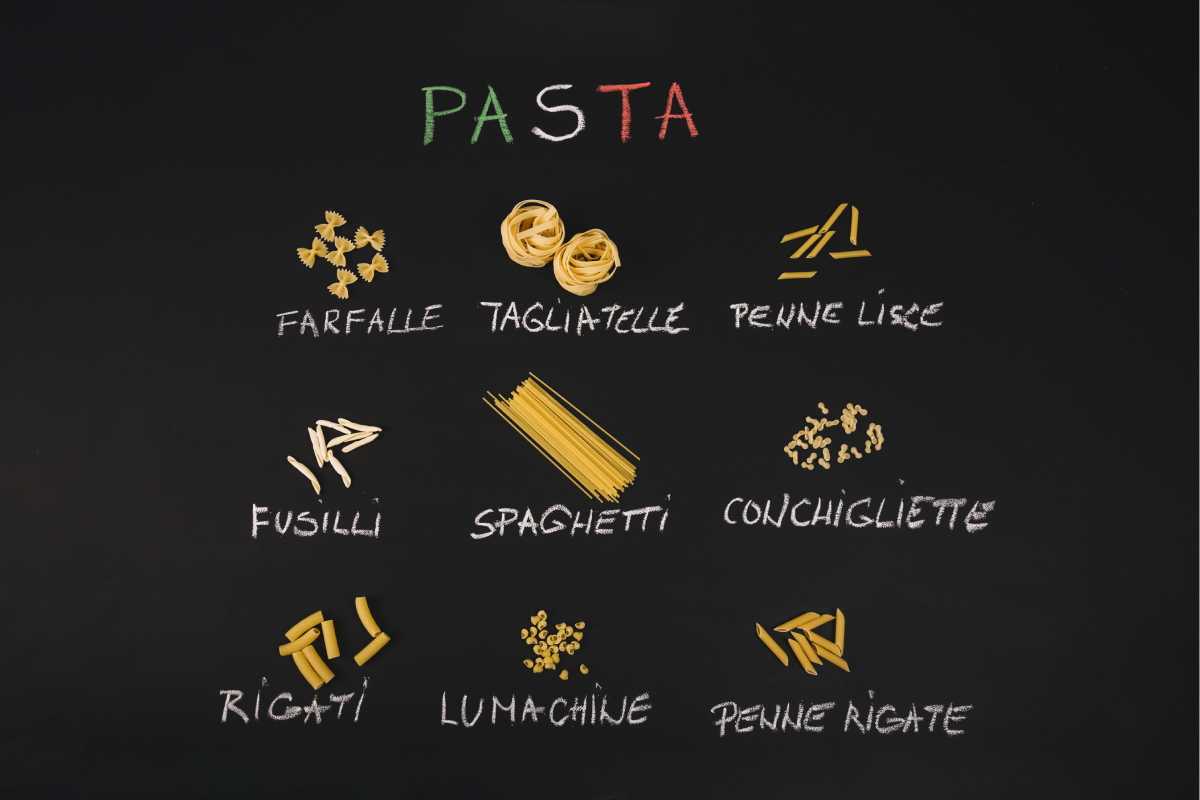Introduction to Ditalini
Understanding Ditalini: Origin and Pronunciation
Ah, Ditalini, those delightful little tubes of pasta that have captured the hearts of food enthusiasts and linguists alike! The name Ditalini, a diminutive form of “dita,” meaning “fingers” in Italian, offers a clue to its small, tubular shape. But, how do we go about pronouncing this charmingly named pasta?
Let’s start with a bit of a backstory. Originating from the rich culinary landscapes of Italy, Ditalini is a testament to the art of pasta making that has been refined over centuries. Its size and shape make it a versatile player in the kitchen, perfect for soups, salads, or even as a delightful addition to a hearty stew.
Pronunciation, though, can be a bit tricky for those not versed in the Italian language. Fear not, for we’re here to demystify the phonetic intricacies and ensure that you can talk about this pasta like a true connoisseur. The general guidelines for pronouncing Ditalini lean heavily on the soft, melodious tones characteristic of Italian speech. The key lies in emphasizing the right syllables and mastering the Italian vowel sounds, ensuring each utterance is as smooth as the pasta is delightful.
To truly honor its origins and enjoy the culinary and linguistic journey, understanding the correct pronunciation of Ditalini is our starting line. So, buckle up, as we embark on this adventure to bridge language, culture, and cuisine, making sure that next time you’re discussing Italian pasta, you’ll do so with the confidence and flair of a native speaker. our Cooking with Ditalini Guide offers a treasure trove of recipes and techniques to enhance your kitchen adventures.
The Correct Pronunciation of Ditalini

Linguistic Insights
Linguistic Nuances in Pronouncing Ditalini
Diving deeper into the world of Italian phonetics brings us closer to mastering the Ditalini pronunciation. Let’s peel back another layer, shall we?
The Italian Vowel Sounds
The Italian language is known for its clear, musical vowel sounds, each one pronounced distinctly and consistently. In the case of Ditalini, the vowels play a leading role. The ‘i’ in Ditalini is always pronounced as /ee/, clear and sharp, like the flick of a maestro’s baton. The ‘a’ is open and broad, akin to the first syllable in “father.” Remember, Italian vowels are never silent and always demand their moment in the spotlight.
Accentuation and Emphasis
In Italian, the stress or emphasis often falls on the penultimate (second-to-last) syllable, as it does with Ditalini. However, don’t let that stress turn into stress! Think of it as the rhythm in a piece of music, where certain notes stand out to create a melody. In speaking, this rhythmic emphasis helps convey meaning and emotion, adding to the language’s expressive nature.
Linguistic nuances, such as the vowel sounds and stress patterns in Italian, not only enhance our pronunciation skills but also deepen our appreciation for the language’s beauty and complexity. By paying attention to these details, we become not just better speakers but also more attuned listeners, able to enjoy the rich tapestry of sounds that make Italian such a joy to learn and speak.
So, the next time you’re practicing your Ditalini pronunciation, remember you’re engaging with centuries of linguistic tradition. Each syllable is a step on a journey through Italy’s linguistic landscape, offering a taste of the country’s rich cultural and culinary heritage. With each word, you’re not just speaking; you’re singing a piece of Italy’s soul.
Cultural Significance and Usage
Ditalini Beyond the Name: Cultural Context and Culinary Significance
Ah, Ditalini! Much more than just a pasta, it’s a cultural icon, weaving together taste and tradition in every little tube.
Ditalini in Italian Cuisine
Scrumptious and versatile, Ditalini is a star in many Italian soups and stews. Its small size makes it perfect for scooping up with a spoon, nestled amongst vegetables or beans in a hearty minestrone or a comforting pasta e fagioli. This pasta’s ability to pair beautifully with a variety of ingredients reflects the Italian culinary philosophy: simplicity with a focus on quality and flavor.
Symbolism and Traditions
Ditalini goes beyond its kitchen role, carrying a slice of Italian heritage. In many families, specific pasta shapes pass through generations. These shapes carry memories and stories of shared meals and celebrations. Pasta preferences can vary by region, each with its traditions. This makes Ditalini a significant part of Italy’s culinary tapestry.
Its cultural significance is more than its cooking utility. Ditalini symbolizes the Italian way of life. Food is a medium for connection, tradition, and art in Italy. Each dish tells a story. Ditalini plays its part in narratives of family gatherings, festive celebrations, and daily joys of well-prepared meals.
Understanding Ditalini’s place in Italian cuisine and culture gives us more than culinary knowledge. It opens a window into Italy’s heart. There, food and language create a vibrant life tapestry. So, when you enjoy a dish of Ditalini, remember it’s not just pasta. You’re savoring a piece of Italian heritage.
Beyond Ditalini: A Voyage Through Italian Pasta Names and Their Origins

Exploring the Rich Tapestry of Italian Pasta
Dive into the diverse world of Italian pasta, where each shape and name holds a story, reflecting Italy’s regional histories, culinary innovations, and linguistic creativity. From the well-known Spaghetti and Fettuccine to the more whimsically named Orecchiette (“little ears”) and Farfalle (“butterflies”), the variety is as rich as the cuisine itself.
The Stories Behind the Names
Uncover the tales and traditions that have shaped Italy’s pasta landscape. For example, learn how Penne gets its name from the Italian word for “quill,” inspired by the angular cut of the pasta ends, reminiscent of old writing tools. Each name offers a glimpse into the cultural and practical considerations that have influenced Italian culinary practices over the centuries.
Regional Specialties and Linguistic Flavors
Italy’s diverse regions contribute to a vast array of pasta types, each with its unique name and culinary application. This section would explore how regional dialects and languages influence pasta names and how these specialties reflect the local geography, climate, and history.
Celebrating Linguistic Diversity and Culinary Creativity
Highlight the importance of language in preserving culinary heritage and fostering creativity in the kitchen. This exploration of pasta names is not just a linguistic journey but a celebration of Italy’s capacity to turn simple ingredients into an art form, with names that evoke imagery, emotion, and taste.
By adding this part, the article not only pays homage to Ditalini but also places it within the broader tapestry of Italian culture, offering readers a more rounded appreciation of the connection between language, food, and cultural identity. This deep dive into the world of pasta names enriches the narrative, inviting readers to explore beyond the familiar and embrace the stories that have shaped one of the world’s most beloved cuisines.
FAQs
Frequently Asked Questions About Pronouncing Ditalini
Navigating the nuances of Ditalini pronunciation? Here’s a handy guide to some of the most common queries!
- How is Ditalini used in a sentence?“For dinner, I’m thinking of making a hearty bowl of minestrone with Ditalini, packed with veggies and flavors.”
- Are there any tricks to remembering the correct pronunciation?Sure thing! Picture saying “dee-tah-LEE-nee” while enjoying a sunny Italian piazza. Emphasizing the “LEE” part with gusto can help it stick.
- How does the pronunciation of Ditalini vary by region in Italy?While variations are subtle, the pronunciation of Ditalini remains fairly consistent across Italy. It’s the beauty of Italian – its clarity and musicality ring true, no matter where you are!
- Can Ditalini be confused with other pasta names, and how to distinguish?Yes, with so many pasta shapes, it’s easy to mix them up! Remember, Ditalini are like tiny tubes or ‘little fingers.’ If it’s short, tubular, and perfect for soups, you’ve got your Ditalini.
This FAQ section isn’t just about troubleshooting pronunciation; it’s a celebration of curiosity and learning. As you dive into the delicious world of Ditalini and Italian linguistics, each question brings you closer to mastering not just a word, but a slice of Italy’s rich cultural and culinary legacy. So, go ahead, ask away, and let your linguistic journey unfold!
Enhancing Your Italian Pronunciation Skills
Conclusion
Embracing the Pronunciation of Ditalini and the Richness of Italian Language
As our journey through the syllables and sounds of Ditalini comes to a close, it’s clear this isn’t just about mastering the pronunciation of a pasta name. It’s about connecting with a piece of Italy’s heart and soul, its language, and its culinary artistry.
The path to pronouncing Ditalini correctly has been paved with phonetic insights, cultural explorations, and linguistic nuances, each step revealing more than just the mechanics of speech. It’s unveiled the joy of learning, the beauty of a language steeped in history, and the delightful simplicity of a cuisine that celebrates quality and flavor.
So, as you move forward, remember that Ditalini is more than pasta. It’s a symbol of the Italian way—where food brings people together, language carries the legacy of generations, and every meal is an opportunity to share, learn, and love. With every correctly pronounced word, you’re not just speaking Italian; you’re living it, one delicious syllable at a time.
In embracing the pronunciation of Ditalini, you’ve embarked on a much larger journey—one that stretches to the very heart of Italian culture. And what a rewarding journey it is, filled with the promise of more words to learn, dishes to taste, and stories to uncover. Here’s to the adventures that lie ahead, in language, in cuisine, and in life

